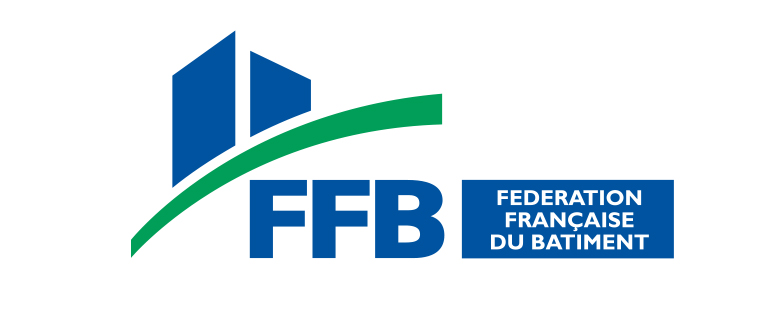Overall construction activity
The decline in industrial production in the euro area, continues to affect Austria. Investment, particularly in equipment and construction, has been significantly impacted. Following a downward trend in 2023, the construction industry suffered a further decline of 4.4% in real terms in 2024. Concurrently, the construction sector is experiencing a decline in employment, accompanied by a surge in unemployment rates.
The overall economic recovery predicted for 2025 is expected to be insufficient to stimulate overall construction investment, resulting in construction volume reaching a plateau (+0.4%). Interest rate cuts by the European Central Bank are expected to ease financing pressures, stabilizing investment conditions, particularly in the construction sector. A government stimulus package may provide a slight boost to construction investment in 2025. Consequently, stronger impulses for the construction industry are not expected before 2026.
Housebuilding
Austrian residential construction remains under pressure due to the unfavorable financing situation and high construction costs. Following the sharp decline of almost 10% in 2023, there will again be significant losses in 2024, estimated at 6.3%. However, the turnaround in interest rates (downwards) gives rise to optimism for the years from 2025 onwards. The federal government's residential construction initiative is expected to lead to a modest decline in 2025, with the potential for positive growth rates to resume from 2026 onwards.
Despite inconsistencies in subsidy systems, the building renovation segment is set to play a pivotal role in stabilizing residential construction. The sustained demand for energy-efficient residential construction investments will also ensure further growth in the coming years.
Non-residential construction
The non-residential construction sector is currently experiencing significant challenges due to the weakness of both the international and national economies. This is further compounded by high construction costs and the ongoing high interest burden, which will lead to a dampening of development in 2023 and 2024. The volume of non-residential construction is projected to decline by 8.2% and 4.1% in these years, respectively.
The macroeconomic environment is expected to remain challenging in 2025. Significant growth impulses are still unlikely to materialize, even if the economic situation improves slightly. Non-residential construction is forecast to experience only minor growth, primarily driven by investment in renovation. A stronger impetus, accompanied by a revival in international trade is not expected until 2026. A period of stronger growth is not anticipated. While non-residential construction is projected to rise by 2.6% in 2026, forecasts indicate a more modest expansion in 2027, influenced by the uncertainty surrounding medium-term macroeconomic developments.
GDP 2024
BILLION
POPULATION 2024
Total investment in construction in 2024
BILLION
Civil engineering
In contrast to the building sector, civil engineering in Austria has developed positively. Investment has increased steadily over the past few years. Following a growth in investment volume of 2.3% in 2023, the civil engineering market is expected to expand again in 2024, albeit at a slightly slower pace of 1.7%. This sector is also facing challenges due to the current high construction costs. However, increased budgets could offset some of these costs, at least in certain areas. Furthermore, environmental investment is set to be the primary catalyst for growth. This will benefit the development of public transport networks, especially rail infrastructure. The energy sector, which is witnessing a rapid expansion in renewable energy, is also set to receive a substantial boost. Civil engineering is forecast to grow by 2.6% in 2025. However, framework plans for transport infrastructure show that investment is likely to be temporarily lower, which explains the near stagnation in 2026.
Prices of construction materials
Compared to the previous year, production costs in building construction and civil engineering rose slightly more sharply again. According to Statistics Austria's construction cost index, costs in residential construction were 3.3% higher overall in February than the previous year. The cost increases in the civil engineering sector were slightly lower.
As before, certain materials such as structural steel and bitumen have currently levelled off at a somewhat lower level. Conversely, essential mineral building materials, such as cement products and bricks, continue to experience elevated price levels.
Business registration and bankruptcy
The construction industry saw a decline of over 10% in business registrations in 2024 compared to the previous year. Conversely, the number of bankruptcy declarations increased by approximately 16% compared to 2023. This represents a doubling of insolvencies compared to 2020.
Construction activity

Number of building permits in residential construction




































